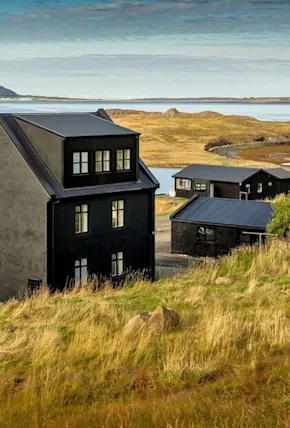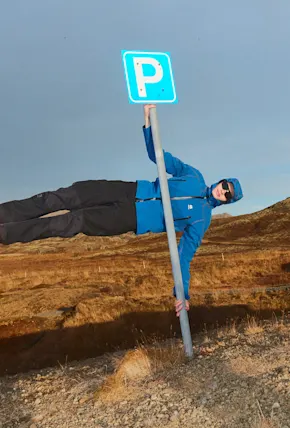I’m always looking for an experience “off the beaten path.” If there’s a selfie-stick in sight, I’ve messed up. So on a recent trip to Iceland—the land of everything beautiful and six zillion tourists—I decided to make the West Fjords my main destination. Traveling in late September, just a few weeks ahead of the seasonal closure of many northern roads, made for an even more isolated adventure. Just what I was after.
Turning off the famous Ring Road and onto Route 61, a single lane road that is still mostly dirt, brought us through the West Fjords. Over the course of a few hours drive we encountered what seemed like every landscape imaginable. There were lush grassland meadows, mossy lava rocks, rolling hills covered in bushes and plants trying on their best fall foliage costumes, and even desolate rock fields sprinkled with lakes built by melted snow. We lost count of waterfalls and rainbows, becoming acclimated to their regular occurrence to the point where, if even possible, we stopped noticing them.
As we continued on, the road conditions grew worse and worse. It had been raining recently and the road was littered with potholes. It rained and misted, and fog rolled in by the second. The narrow roads wound up and down, over and under, dangling cliffside over each mountain and along the sea below. It was a roller coaster built by nature, fueled by the blind anticipation of what would come next. When we reached the heart of the West Fjords, the storm driven weather seemed to pass. And we were met with awe inspiring vistas, where grand mountains of purple and green rose straight out of the bluest sea below. It was unmistakably clear; this place was something else.


























